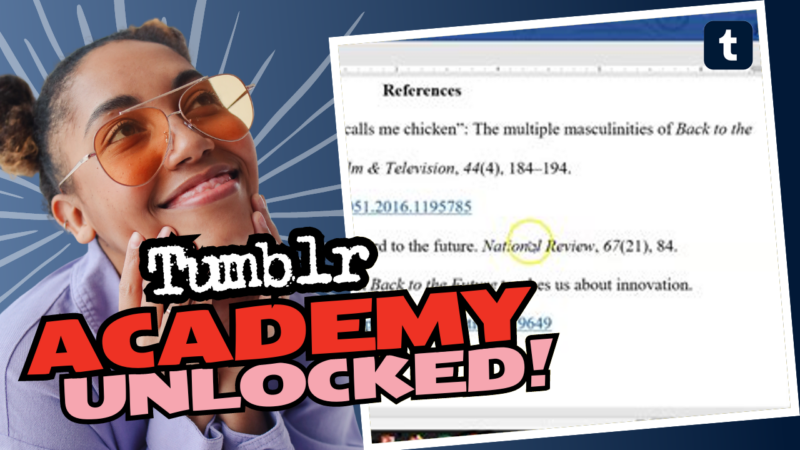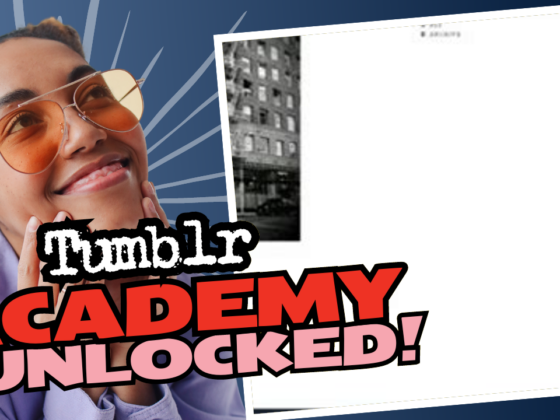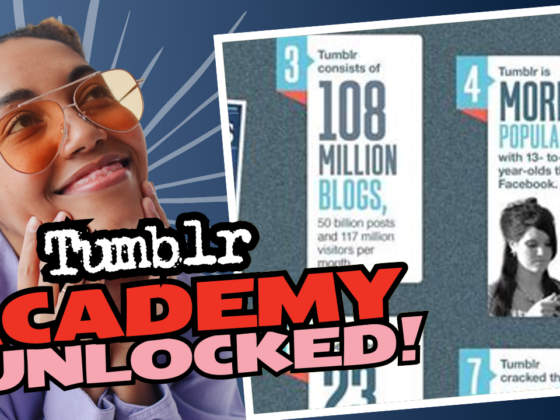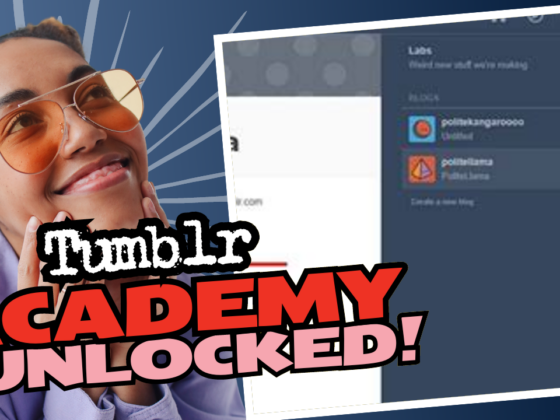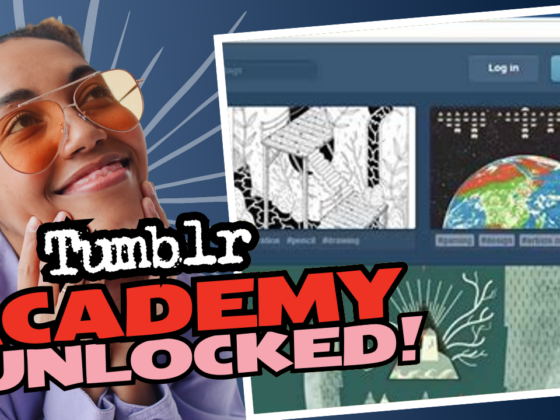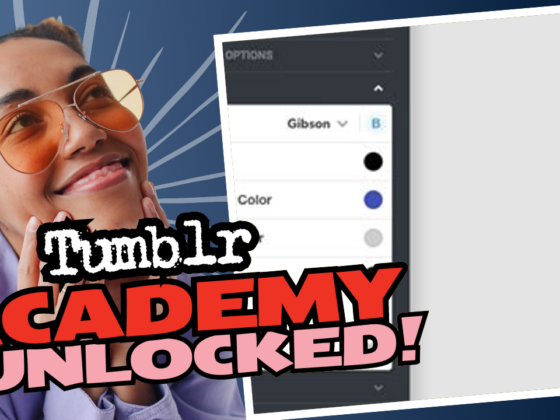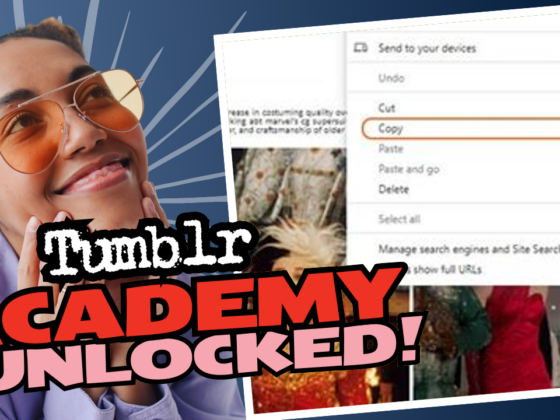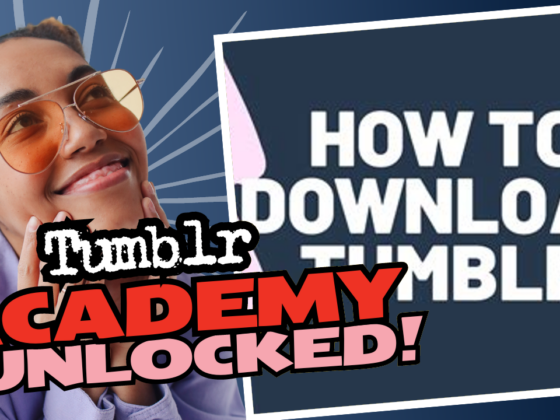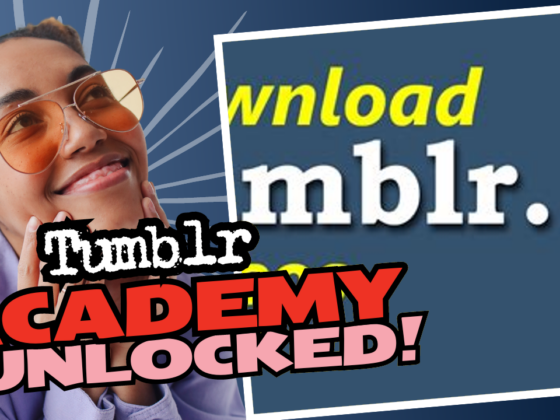How to Cite a Tumblr Post: The Art of Quoting in a Chaotic Digital Age
Ah, Tumblr! The vast ocean of memes, art, fan theories, and the occasional existential crisis. With all that glorious chaos, how on earth do we go about citing a Tumblr post? It’s not rocket science, but it can feel like it when you’re trying to figure out how to reference a source from a platform known for its wild and unpredictable content. Buckle up, because we will unveil the mystical art of citing a Tumblr post!
Understanding the Importance of Citing
First off, let’s address the elephant in the room: why should we even bother citing our sources? In this digital age where misinformation runs rampant, citing your sources is like putting on a life jacket before diving into the deep end of a pool filled with banana peels. It helps you:
- Establish Credibility: Citing shows you did your homework and aren’t just pulling random facts out of a hat.
- Acknowledge Other Writers: It’s the nice thing to do, and those Tumblr artists and wordsmiths deserve recognition!
- Avoid Plagiarism: Nobody wants to be that person who steals someone else’s thunder! Be a cited hero instead.
The Anatomy of a Tumblr Post Citation
Alright, dear reader, let’s break it down. A Tumblr post citation is composed of several key parts. Depending on the style guide you’re following—e.g., APA, MLA, or Chicago—the format may vary. Here’s the lowdown in a manner as playful as a cat on catnip:
- Author: This can be the username or the real name of the creator. If they have a cool username like “SuperDuperNarwhal,” use it!
- Post Title: If the post has a title (sometimes they don’t—thanks, Tumblr), put it in quotation marks. No title? No worries; just skip this part.
- Tumblr Blog Name: This is the creative corner of the web from which the post originates. Think of it as the home address of the content.
- Date of Publication: You’ll need the exact date the post was published. In the case of tumblrs, it might be a bit tricky, but it’s generally right below the post.
- URL: This is the goldmine—copy the direct link to the specific post. Simple, right?
Different Style Guides, Different Rules
While the basic elements remain the same, each style guide has its own way of presenting them. Here’s how to navigate the citation frenzy like the citation ninja you are:
APA Style
The American Psychological Association’s style is a favorite among the academic crowd. Here’s the format:
Author, A. A. (Year, Month Day). Title of post. Tumblr. URL
For example:
SuperDuperNarwhal. (2023, March 12). Loving the chaos of fanfiction. Tumblr. https://superdupernarwhal.tumblr.com/post/1234567890
MLA Style
The Modern Language Association is your go-to for literature, so here’s how to impress your English professor:
Author’s Last Name, First Name. “Title of Post.” Tumblr, Date of Post, URL.
Example:
Smith, Jane. “Living My Best Life on Tumblr.” Tumblr, 12 Mar. 2023, https://janesmith.tumblr.com/post/1234567890.
Chicago Style
If you’re feeling extra scholarly, consider Chicago style. Here’s your game plan:
Author Last Name, First Name. “Title of Post.” Tumblr, Date published. URL.
Example:
Doe, John. “Why Cats Rule the World.” Tumblr, March 12, 2023. https://johndoe.tumblr.com/post/1234567890.
When in Doubt, Ask for Help
Remember, if you find yourself tangled up in citation confusion, don’t hesitate to reach out! It’s perfectly acceptable to consult a librarian or your friendly neighborhood teacher. They’re like citation superheroes, ready to save you from ambiguity and chaos.
Crazy Citation Scenarios
Ah, the world of citations isn’t always rainbows and butterflies. Sometimes things get downright weird. Here are a few crazy scenarios to keep your citation skills razor-sharp:
- Multiple Authors: If a post is authored by more than one user, mention them all! Teamwork makes the dream work, after all! You can use “&” or “and” depending on your style.
- Anonymity: If the author’s name is mysteriously absent, you can cite their Tumblr handle or even label it as “Anonymous.” Even the elusive ‘Anonymous’ has a spot in your bibliography!
- Reblogs: If you found wisdom through the art of reblogging, ensure you cite the original creator instead of just the reblogger. Give credit where it’s due, folks!
Keeping Up with Updates
As the internet evolves, so do its conventions. Keep an eye out for any changes to citation styles, especially since platforms and trends can drift faster than a tumbleweed in a storm. Bookmark your chosen style manual and revisit it occasionally to avoid becoming “that person” in 10 years who has no clue how to format their citations correctly.
Getting Creative with Citations
Sometimes, you might stumble upon a post that just screams creativity! Not everything fits into standard citation formats. Here’s where you can think outside the box:
- Incorporating Screenshots: If a post is particularly eye-catching, consider screenshotting it. Just remember to give credit to the author in your caption!
- Using Annotations: If you’re quoting a Tumblr post in a more informal setting (like a group project or presentation), feel free to make a snazzy annotation explaining the context. This extra touch can add personality to your work!
In Conclusion: Mastering the Art of Citations
As you embrace this chaotic yet exciting digital landscape, remember that citing sources—even something as whimsical as a Tumblr post—has its significance. It’s about being a responsible consumer of information, celebrating creativity, and engaging in a dialog that respects the work of others.
So the next time you come across that golden nugget of wisdom in the form of a meme or a profound post about the best way to train your dog, don’t just pass it off as “Internet weirdness.” Cite it! Be the responsible digital citizen you were destined to be, and let the world know where you found that gem.
Now go forth, dear reader, and conquer the world of citations with your newfound knowledge. You’re not just a consumer of information; you’re a creator, a sharer, and, most importantly, a citer. So hop on that citation train and let’s roll!

